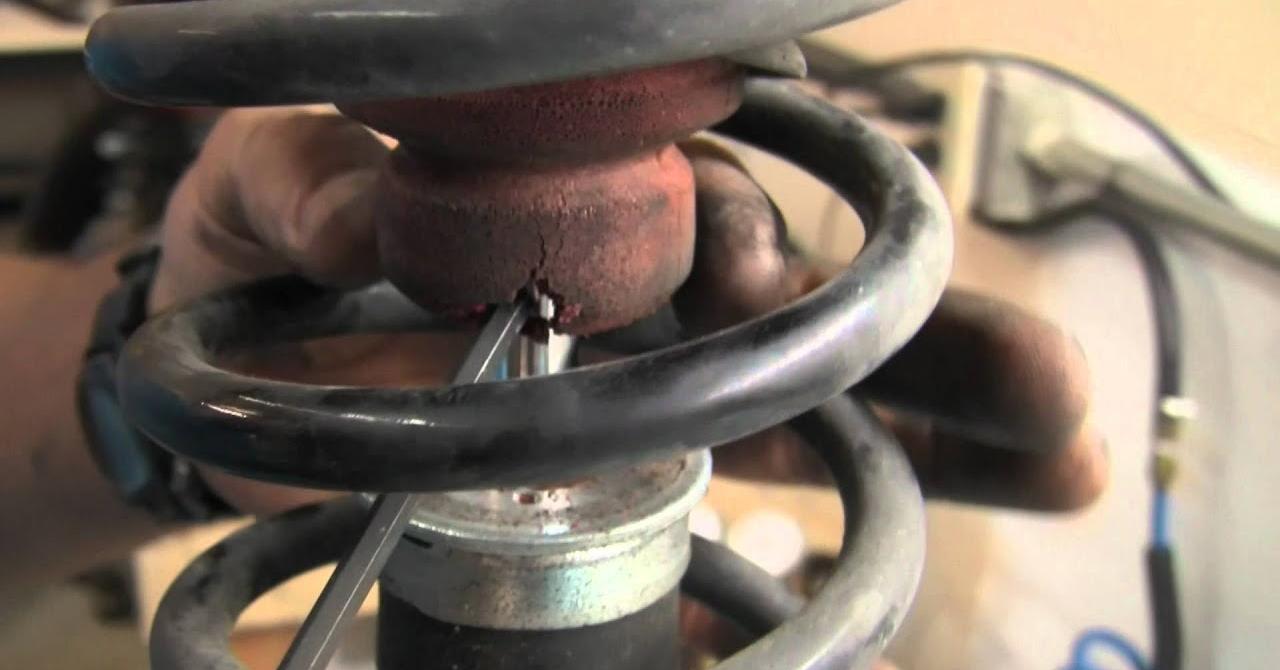Are you curious to know what is a bump stop? You have come to the right place as I am going to tell you everything about a bump stop in a very simple explanation. Without further discussion let’s begin to know what is a bump stop?
In the world of automotive engineering and suspension systems, the term “bump stop” is an essential but often overlooked component. While it may sound like a simple part, understanding what a bump stop is and its importance can make a significant difference in your vehicle’s ride quality and performance. In this blog, we will explore what a bump stop is, its function, and why it plays a crucial role in your vehicle’s suspension.
What Is A Bump Stop?
A bump stop, often referred to as a jounce bumper or suspension bump stop, is a small, often rubber or foam component strategically placed within a vehicle’s suspension system. Its primary function is to absorb and dampen the impact and shock forces generated when the suspension reaches its maximum compression or extension.
Key Functions Of A Bump Stop
- Impact Absorption: The primary function of a bump stop is to absorb and mitigate the shock and impact forces that occur when the suspension reaches the limits of its travel. This can happen when hitting potholes, speed bumps, or during aggressive off-road driving.
- Protection: Bump stops act as protective buffers that prevent damage to other suspension components, such as shock absorbers, springs, and control arms, by preventing them from coming into direct contact when the suspension is fully compressed or extended.
- Progressive Damping: Bump stops are designed to provide progressive damping as they compress. This means that they resist forces more as they are compressed further. This progressive damping helps maintain control and stability during extreme suspension movement.
Why Bump Stops Matter?
- Ride Quality: Bump stops play a crucial role in maintaining a smooth and comfortable ride. Without them, the suspension components would come into direct contact, causing a jarring and uncomfortable ride over bumps and irregularities.
- Handling and Control: Bump stops help maintain stability and control, especially during high-speed maneuvers and off-road driving. They prevent the suspension from bottoming out and keep the tires in contact with the road or terrain, ensuring better traction and handling.
- Component Longevity: By preventing direct contact between suspension components, bump stops help extend the lifespan of other suspension parts. This, in turn, reduces maintenance and replacement costs.
- Safety: Bump stops enhance safety by preventing harsh impacts during abrupt braking or rapid deceleration, ensuring that the vehicle remains stable and responsive.
- Customization: In some cases, bump stops can be adjusted or replaced with different types to fine-tune a vehicle’s suspension for specific applications, such as off-roading or track racing.
Visit Ofstype to Get to know about more concepts like this.
Conclusion
While often overlooked, the bump stop is a small but critical component of your vehicle’s suspension system. Its role in impact absorption, protection of other suspension parts, and maintenance of ride quality and handling cannot be overstated. As you hit the road or venture off the beaten path, remember that these unassuming rubber or foam pieces play a significant role in ensuring a safe, comfortable, and well-controlled ride. Whether you’re driving a daily commuter or a high-performance machine, understanding the importance of bump stops is essential for maximizing your vehicle’s potential.
FAQ
What Is The Difference Between A Bump Stop And A Shock Absorber?
Regular shocks aren’t going to absorb and control the energy being placed onto the suspension system. High-quality bump stops help to control the rebound energy and reduce strain on the vehicle’s shocks. As a result, you get more control over your vehicle — even while passing over uneven terrain at high speeds.
Is It Ok To Ride On Bump Stops?
Why would you be riding on bump stops in the first place? You should only be able to hit them on severe bottoming out. If they’re hitting then you’re either overloading the vehicle or have very saggy springs. I would say riding on bump stops would be a definite bad idea.
Do Trucks Need Bump Stops?
Bump stops are essential to protecting your suspension and improving the stability of your ride. Because rigid bump stops wear out with repeated use, you should plan to replace them if you notice signs of damage and or hard and or noisy bottom outs.
What Happens If You Drive Without Bump Stops?
If you don’t have bump stops installed, it’s not going to be a very comfortable ride for you and your passengers. Second, by not installing bump stops, you put your suspension and steering system components at risk of accelerated wear.
I Have Covered All The Following Queries And Topics In The Above Article
What Is A Bump Stop
What Is A Bump Stop For A Gun
What Is A Bump Stop On A Truck
What Is A Bump Stop Kit
What Is A Bump Stop On A Car
What Is A Bump Stop Gun
What Is A Gun Bump Stop
What Is A Suspension Bump Stop
What Is A Bump Stop On A Gun
What Is A Shock Bump Stop
What Is A Bump Stop On A Gun Look Like
What Happens When A Bump Stop Is Bad
What Is A Bump Stop On A Rifle
What Is A Bump Stop In A Car
What Is A Bump Stop
What is the purpose of the bump stop
